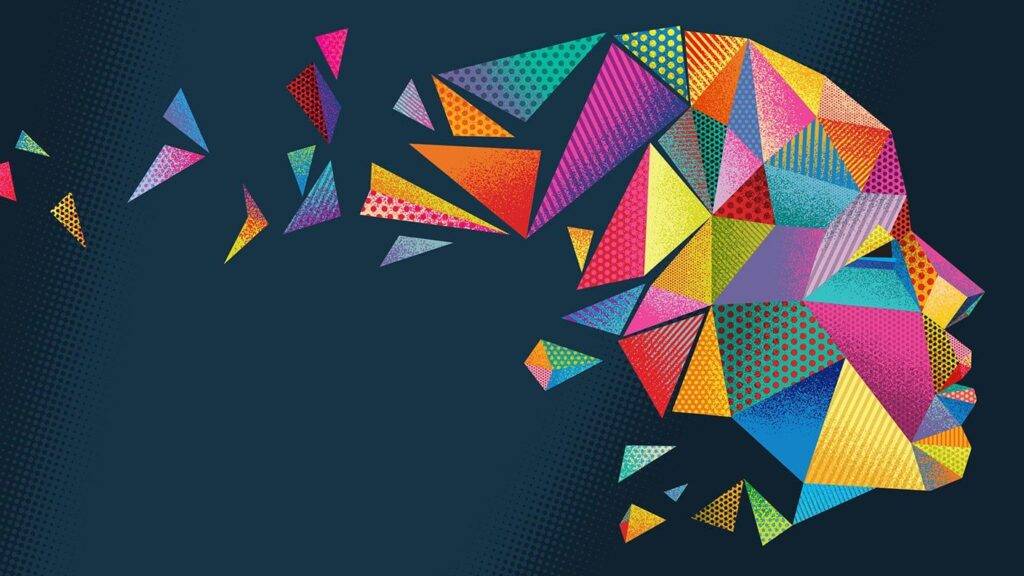Colors in Design: The Evolution of Their Impact
Colours have always played a significant role in shaping human emotions and decisions. In the modern design world, understanding color usage is essential for conveying powerful visual messages. Designers use colors not just for aesthetics but for effective communication.

The Psychology of Colors: Meaning and Emotional Impact
Colors have various meanings depending on culture and context. Here’s a breakdown of how colors influence emotions and design:
Red: Represents power, passion, and energy.
Blue: Reflects trust and calmness.
Yellow: Associated with happiness and creativity.
Green: Symbolizes nature and growth.
Black: Stands for luxury and elegance.
Orange: Represents warmth and enthusiasm.
How Global Cultures Influence Color Perception in Design
Across cultures, colours can have different interpretations. For instance, white symbolizes purity in some cultures but mourning in others. Designers who work on a global scale must be aware of these cultural nuances to select appropriate colors for their audience.
Also Read: Monitoring Prominent AI Stocks and Exploring the Latest Trends in AI
Strategies for Choosing Colors to Boost Brand Identity
Selecting the right color palette can enhance brand identity. Key strategies include:
Understanding Audience Preferences: Younger audiences may prefer vibrant colours, while older demographics may lean towards more muted tones.
Maintaining Consistency: A consistent color scheme improves brand recognition.
Testing Colours: Use A/B testing to find which colors resonate best with your target audience.
The Role of Colours in Driving Consumer Behavior
Colors not only affect the aesthetic aspect of design but can also influence purchasing behavior. Numerous studies show that color can increase conversion rates if used correctly. For example, red is commonly used in “Buy Now” buttons to boost click-through rates.
The Power of Color Psychology
Color psychology studies how hues affect our emotions and behaviors. For instance, warm colors like red can evoke excitement, while cooler tones like blue can create a calming effect.
How Designers Use Colours for Audience Engagement
Designers choose colors that trigger specific emotional responses to encourage engagement. This knowledge helps them create more compelling visuals.
Future Trends in Color Usage for Design

Looking ahead, colours will become more personalized and interactive. New technologies will allow designers to tailor color choices to individual user preferences, creating more dynamic and immersive experiences.
Also Read: A Comprehensive Guide to Digital Marketing: 7 Essential Strategies for Success
Building Your Path: Tips for Designers and Brands
To effectively use colors in your designs, follow these steps:
Study Color Psychology: Understanding the emotional impact of colors is key.
Experiment with Color Palettes: Test different combinations to find what works best.
Utilize Tools: Tools like the color wheel can help create harmonious palettes.
Finally,
Colours are a critical element of design, influencing both aesthetics and audience behavior. By understanding the psychology behind color choices and using them strategically, designers can create more impactful and memorable designs.
Our platforms:

